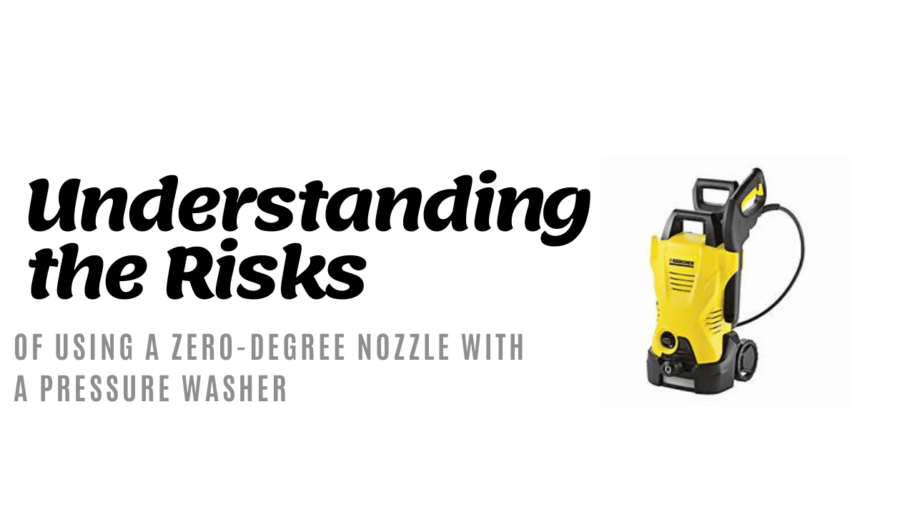
Pressure washers are powerful tools that can clean surfaces with high-pressure water streams. One popular attachment for these devices is the zero-degree nozzle, which creates a very narrow, concentrated jet of water. This nozzle can be highly effective for tough cleaning jobs, but it also comes with significant risks that users should be aware of before use.
What is a Zero-Degree Nozzle?
A zero-degree nozzle produces a straight, pinpoint water stream. Unlike other nozzles that disperse water over a wider area, the zero-degree nozzle focuses all the pressure washer’s power into a single, small point. This makes it extremely powerful and very effective at removing stubborn dirt, grime, or even paint from hard surfaces.
Risks Associated with Using a Zero-Degree Nozzle
Surface Damage:
Intensity: The intense pressure from a zero-degree nozzle can easily damage the surfaces it is used on. Soft materials like wood can be gouged, and even harder materials like concrete can be etched or pitted. This damage not only affects the appearance of the surface but can also lead to structural issues, especially if it allows water to seep in and weaken the material.
Precision: Due to its precise and powerful stream, even a slight miscalculation or a moment of distraction can result in unintended damage.
Personal Injury:
High Pressure: The high-pressure stream from a zero-degree nozzle can cause serious injuries if it comes into contact with skin. It can break the skin and potentially introduce water and contaminants into the body, leading to infections or more severe internal injuries.
Recoil and Handling: The powerful recoil produced when using a zero-degree nozzle can also pose risks. Handling this recoil requires strength and experience, as losing control could direct the high-pressure stream towards the user or bystanders.
Environmental Concerns:
Erosion: The powerful stream can cause erosion if used on soil or sand, affecting landscaping and potentially leading to environmental degradation.
Runoff: Using such a powerful nozzle can increase the amount of runoff produced during cleaning. This runoff can carry pollutants into storm drains and eventually into rivers, lakes, and oceans.
Debris Projection:
Loose Material: The force of the water can project debris, dirt, and small stones from the surface being cleaned. This not only poses a risk to the user but also to others nearby, as these materials can cause injuries or damage property.
Safety Tips When Using a Zero-Degree Nozzle
- Proper Training: Ensure that anyone using a zero-degree nozzle is properly trained and understands the risks.
- Appropriate Gear: Always wear protective gear, including goggles, gloves, and sturdy clothing, to protect against injuries from the high-pressure stream and flying debris.
- Test the Surface: Before starting, test the nozzle on a small, inconspicuous area of the surface to ensure it will not cause damage.
- Keep a Safe Distance: Maintain a safe distance from the area being sprayed and keep bystanders and pets away from the cleaning area.
- Regular Inspections: Regularly inspect the nozzle and the pressure washer for any signs of wear or damage that could affect safety.
Conclusion
While a zero-degree nozzle can be a useful tool for heavy-duty cleaning tasks, it comes with considerable risks that must be managed with care and proper safety measures. Understanding these risks and how to mitigate them can help ensure that your cleaning tasks are completed safely and effectively, without damaging surfaces or causing injuries.
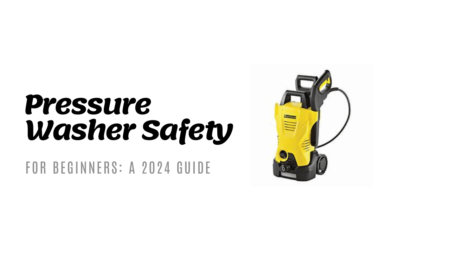
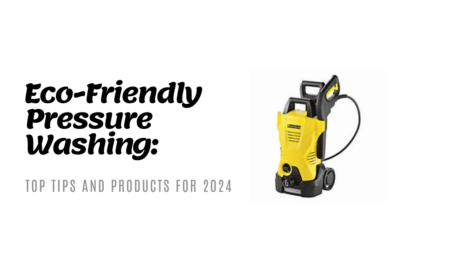
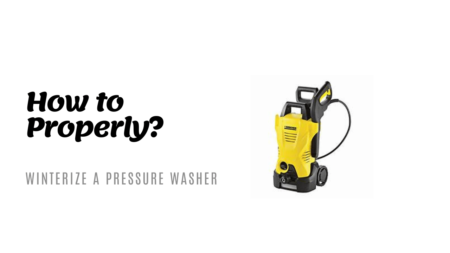
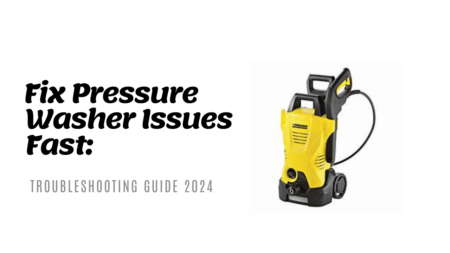
![Pressure Washing Regulations: What You Need to Know [Updated 2024]](https://pressurwasher.com/wp-content/uploads/2024/05/Minimalist-Tutorial-Event-YouTube-Thumbnail-2024-05-31T224409.854-450x253.png)
![Ultimate Guide to Pressure Washer Maintenance [2024 Edition]](https://pressurwasher.com/wp-content/uploads/2024/05/Minimalist-Tutorial-Event-YouTube-Thumbnail-2024-05-30T230638.695-450x253.png)